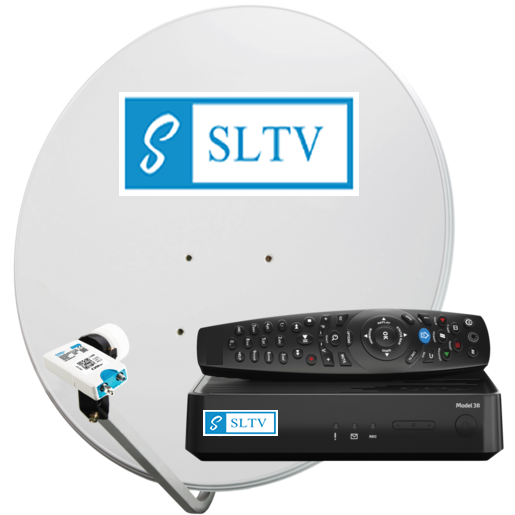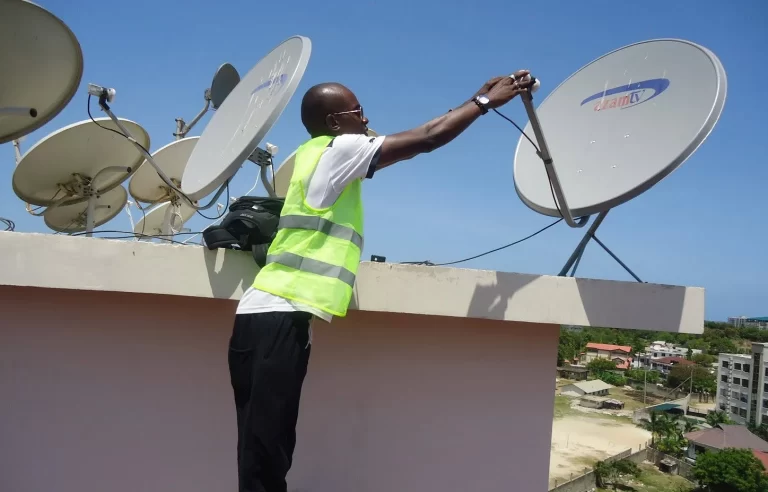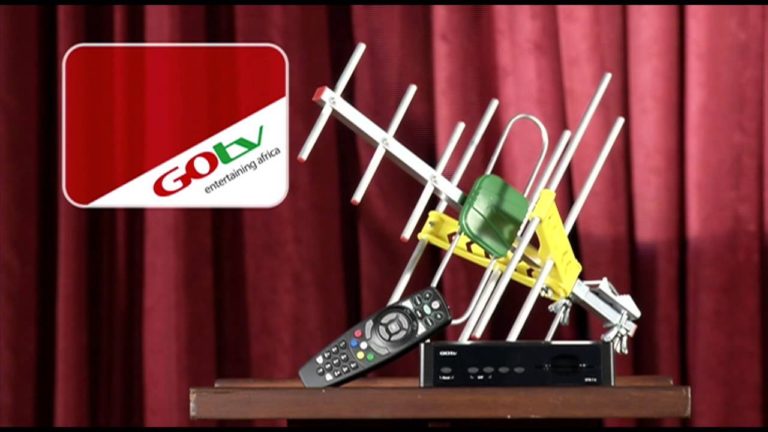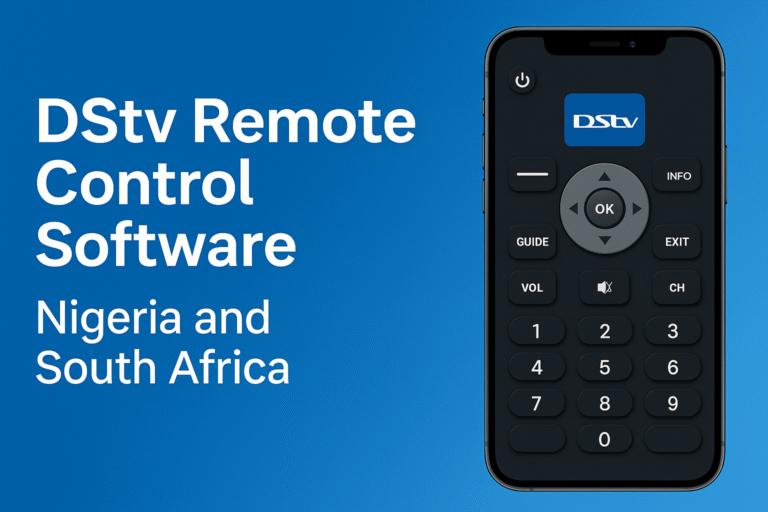In this article, you will learn how to search for satellite TV signal and complete installation guild. The major satellite TV signals in view are DStv, MyTV, Kwese TV, TStv, JoyTV etc. Because all satellite Tv work with same principle, their installations are similar. Tracking or searching for a satellite TV signal for DStv, MyTV (STRONG), JoyTV, KWESE TV, TStv etc is the main thing in all installations.
However, signal tracking from satellites in space or orbit requires some level of skill, precision and knowledge. However, it becomes very easy to search and install any satellite TV once the basic secret has been understood.
How a Satellite TV signal is Transmitted
To successfully track and install satellite TV, you need to understand signal transmission. All satellite TV technologies obey and function on same basic principles. Services such as DStv, TStv and others are virtually same. However, they differ in signal encryption (encoding) and decryption (decoding). Nevertheless, encryption of signals do not affect signal tracking during satellite dish installation.
Therefore, transmission of satellite TV signals follows a series of up-linking and down-linking, which finally gets to the final receiver. Because it comes directly from the orbital satellite, it is called the DTH (Direct-to-home). With the right digital tracker and proper dish setup, you could easily detect satellite TV signals. But there are two major methods of searching for satellite TV signals during installations – analog and digital.
Analog Method to Track and Install Satellite TV signal
The analog method of searching and installing satellite TV signals involves a stand-by TV set, a coupled dish and wires. The method is as follows;
- carefully couple and hoist a dish, leaving it to freely rotate
- position a stand-by Tv set at a place where you have clear view of it
- connect the coaxial wires from the LNB of the hosted dish to the decoder, then to the TV
- input the satellite dish frequency values and others into the decoder settings
- When you are done setting the values for that specific satellite being tracked, start manual turning
- skew or turn the dish at 360 degrees direction and from vertical to horizontal
- keep doing this until the decoder signal indicator shows up some reasonable bar strength.
The problems of analog signal search and installation is that it takes too long. Also, signals detected using analog methods are most times deceitful and weak. Consequently, newer technologies introduced automatic and digital trackers to reduce time wastage and improve accuracy. This is the semi-digital tracking device for satellite TV signals.
Semi-digital method for Searching and installing Satellite TV
This small device has a calibrated meter, which reads up the scale as soon as it hits a signal point. In addition to pointer deflection, the semi-digital tracker also beeps some high pitch sound to signal an available satellite TV network. However, the entire tracker behavior occurs during the process of turning the dish in search mode.
To describe the semi-digital satellite tracker, it has two Coaxial cable or RF ports. The F-Connector links the wire to the RF ports. One port is the input source, which comes straight from the LNB of the satellite dish. The other is the output source, which runs directly to the decoder. During a signal search, electricity from the attached decoder powers the satellite TV finder. Therefore, this method of searching for satellite TV signals depends on electric power.
When any signal is detected, the high-pitch sound from the signal finder goes off. The higher the signal intensity, the louder the sound. Unfortunately, the semi-digital satellite finder does not differentiate between TV signal sources. It picks any satellite TV signals, which the dish comes in connection with. Therefore, only the installer, who knows the coordinates and directions of any desired TV service determines which satellite TV has been detected. Hence, only an experienced installer can efficiently use this method to search and install satellite TV signal services.
Digital Method of Searching and Installing Satellite TV
Due to the lapses presented by the semi-digital satellite signal finder, a completely digitized tracker was introduced. its features, applications and technology are fully digitized. infect, all you need to know are the frequencies and coordinates of any satellite TV service and it is easily found. As a competent installer, one needs to know current satellite TV frequencies such as for DStv, MyTV, TStv, Startimes, MultiTV, etc.
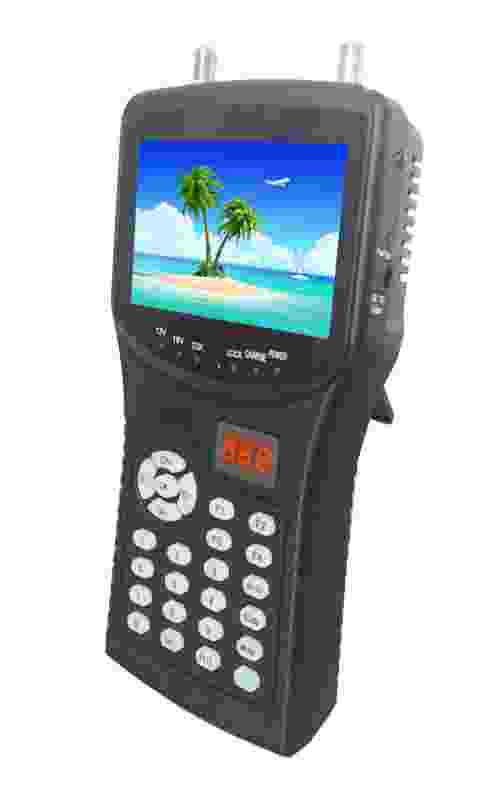
Fortunately, no electricity is needed for the digital method of searching and installing satellite TV. Due to an in-built rechargeable battery, the digital satellite tracker searches for long without shutting down. It is also equipped with an LCD screen and an alarm system. In addition, it also has a programmable interface by which you can easily select the particular satellite you are searching for.
Once you have selected the listed satellites on the digital device, connect the coaxial wires with the F-Connectors and link it to the LNB, then begin to turn the dish. In few minutes, you will be grateful. This method of satellite TV search and installation ignores other satellite Tv signals, which it might encounter and only alarms you when your chosen satellite TV has been detected.
This digital method of searching and installing satellite TVs like the DStv is very much reliable and of high quality signal detection.






